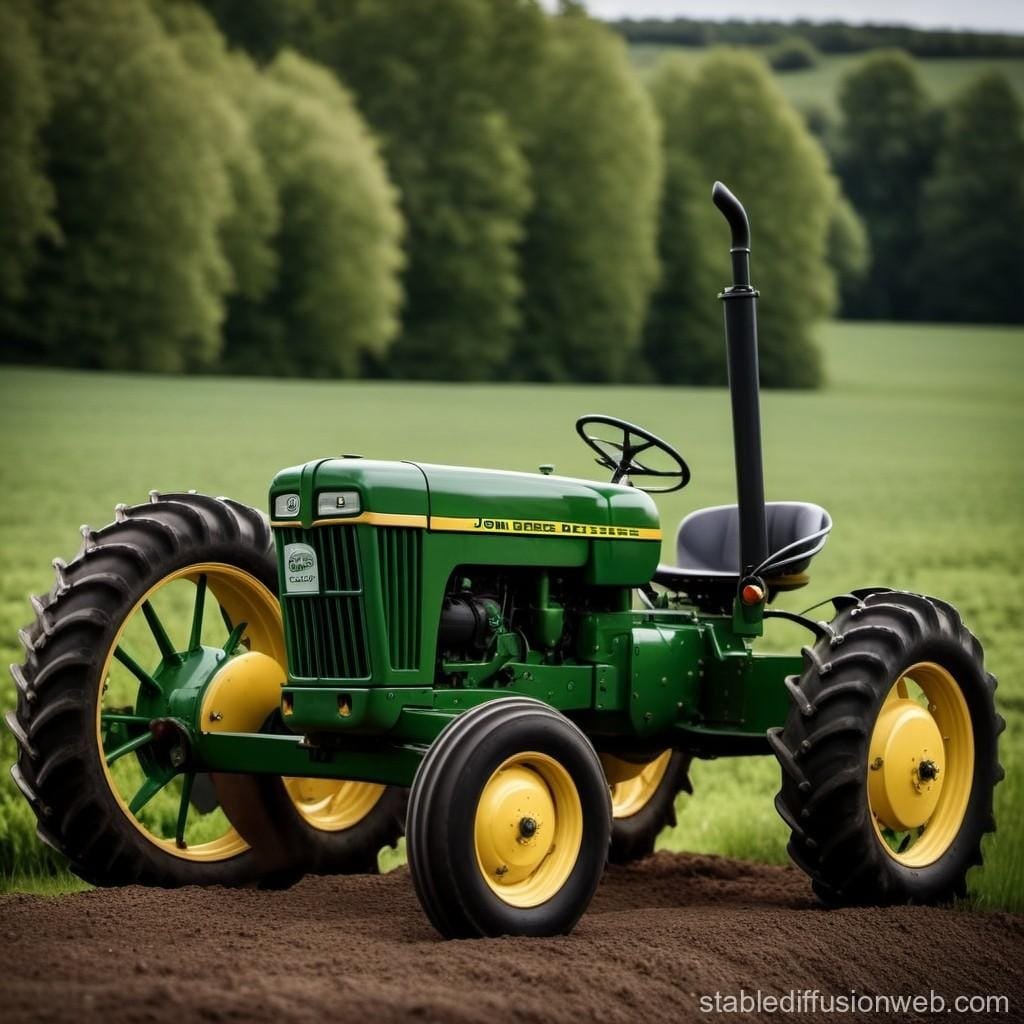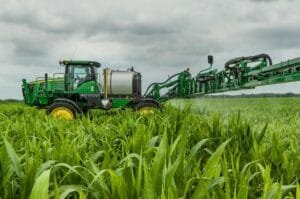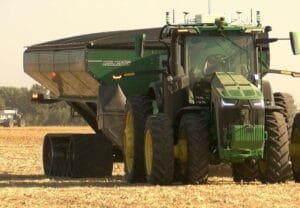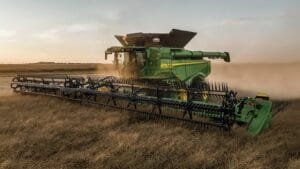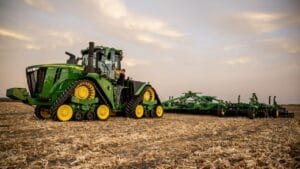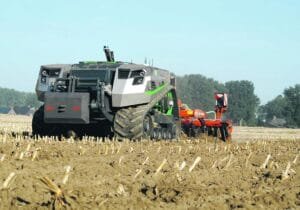John Deere’s recent overture toward granting greater access to tractor software and technical tools is echoing throughout the agricultural industry, bringing a fresh harvest of optimism—and skepticism—in the ongoing right-to-repair debate. The iconic green-and-yellow machinery brand, long synonymous with American farmland, finds itself at a crossroads. Pressured by regulatory scrutiny and rising farmer frustration, its pledge marks both a tectonic shift and a chess maneuver in an industry beset by profound change.
After years of simmering discontent, the U.S. Federal Trade Commission (FTC) recently escalated matters by filing a lawsuit against John Deere over alleged monopolistic repair practices. At issue: farmers’ inability to freely fix their own equipment due to proprietary locks on diagnostics software, restricted access to replacement parts, and firmware obstacles that channeled all but the simplest fixes through tightly controlled dealer networks. For growers racing against rain clouds or an autumn freeze—the classic “time waits for no one” scenario—being sidelined until an approved service van arrives transforms minor malfunctions into major setbacks.
Even as John Deere trumpets its commitment to improving tech accessibility for users wishing to maintain or repair tractors independently—an olive branch indicative of mounting regulatory heat—debate swiftly reorients around what “access” actually constitutes. In theory, granting diagnostic codes and allowing firmware updates might sound like knocking down barricades; in reality, many skeptics regard this posture as more fig leaf than sea change.
One wonders why it took so long for movement on this front. Only after intensive advocacy from farmers’ unions—and noisy friction from activists championing interoperability of parts—has momentum shifted noticeably toward legislative remedies. Lawmakers responded: already in 2025 alone more than twelve states have introduced right-to-repair bills targeting agricultural equipment manufacturers out of concern for small family farms facing ever-swelling downtime costs. In Canada too new laws now let farmers bypass digital locks that previously restricted their ability to diagnose malfunctions—a sea change north of the border that throws American foot-dragging into starker relief.
Meanwhile across oceans: Australian farmers have found voluntary pacts lacking bite. Their National Farmers Federation walked away from negotiations resembling U.S.-style memoranda between trade groups and manufacturers; instead they’re seeking binding regulations rather than handshake agreements which can wilt under pressure—or disappear altogether when market winds shift abruptly.
Technically inclined readers may appreciate how nuanced these disputes become at ground-level; consider CAN bus protocol integration or embedded controller update limitations as practical barriers unseen outside service bays but critical inside them. Diagnostic routines designed ostensibly for technician efficiency sometimes create nearly insurmountable hurdles for those on tight planting schedules needing swift fixes during critical growth windows.
Curiously enough despite intensifying legal theater John Deere remains a farming juggernaut with global reach; company leadership claims software lockouts prevent unsafe machine modification or copyright infringement (though skeptics detect echoes of planned obsolescence strategies dating back decades). Is customer protection foregrounded? Or do commercial interests lurk beneath good intentions?
Often lost amid policy wonks swinging hammers at software shackles are voices closest to earth itself—growers who find themselves caught between rock-solid loyalty built over generations and mounting irritation at forced dependencies on official dealers who sometimes know less about fields’ peculiarities than local tinkerers do.
Contradictions abound even within advocacy circles: some argue stricter rules strengthen rural economies by fostering local repair businesses while others suggest too much openness could increase risks tied with unauthorized retrofits—a reasonable point though perhaps overstated given modern equipment complexity already deters most would-be hackers save dedicated hobbyists equipped with arcane schematics (and metric spanners).
“Walking through tall corn you get lost fast if you don’t know when to turn,” goes an old Midwestern saying seldom echoed in annual reports but apt here—the patchwork landscape developing state-by-state is akin in unpredictability.
Elsewhere—but relevant nonetheless—is emerging international precedent; Canadian Parliament’s tinkering with copyright statutes has fundamentally recalibrated expectations surrounding interoperability rights among North American producers honoring neither trademark boundaries nor supply chain inefficiencies when crops must reach market quickly.
It can be tempting—not just for companies but policymakers—to treat technical transparency promises as panaceas curing all operational headaches overnight yet history shows progress arrives not via big bangs but incremental nudges accumulated like clods shaken off boots after long days spent troubleshooting balky hydraulics beneath wide skies.
Where does all this meandering leave us? Watching USDA corn yield reports alongside state legislative dockets makes strange bedfellows out of agronomists and attorneys alike—it wouldn’t surprise if further contradictions emerge before equilibrium returns—or if older tractors start fetching higher auction bids simply because they’re straightforward enough anyone handy can mend them before breakfast without calling Chicago for permission first.
What comes next depends largely upon regulators’ willpower matched against corporate lobbying’s deep pockets—or perhaps whether stubborn independent streaks running through rural America prove savvy enough adapting new-fangled tools cast afield amid cloudy assurances stretching horizonward beyond repeal or renewal alike.

